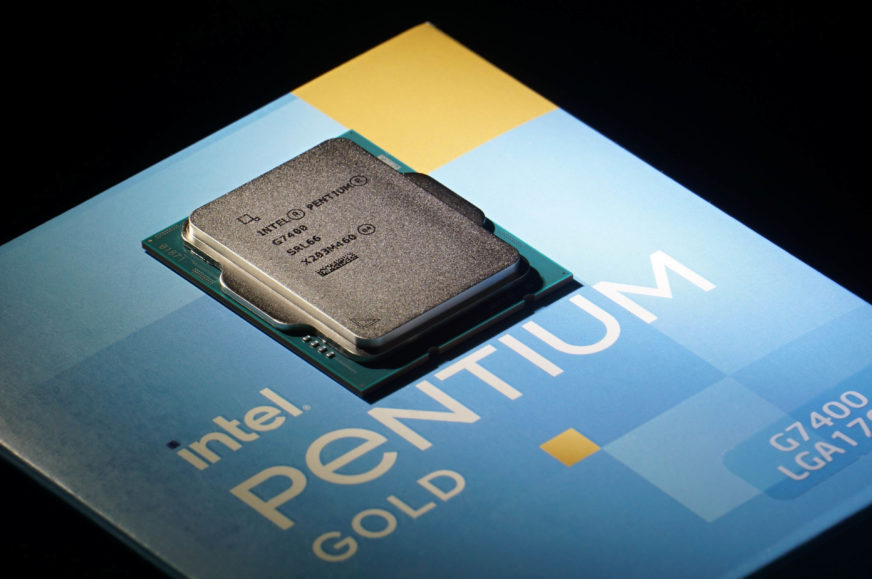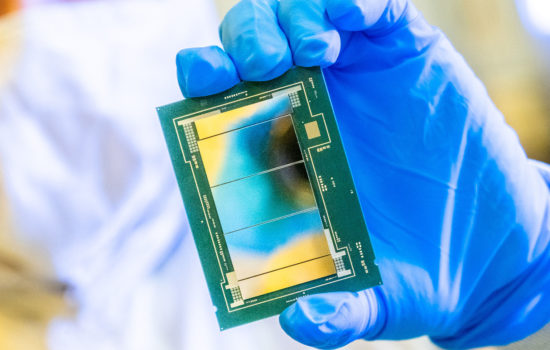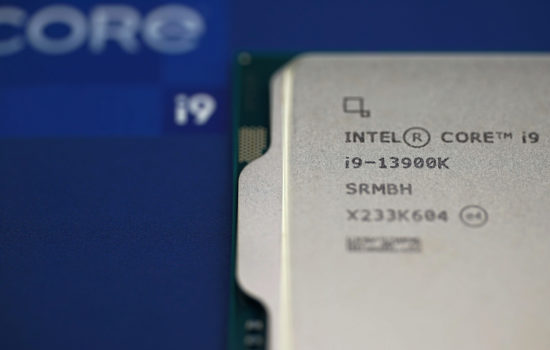Rebranding: lowend chips will be just Intel Processors
Yesterday we shared the news that EVGA is ending production of GeForce graphics with Nvidia GPUs after more than twenty years. Another “end of an era” moment has however happened virtually at the same time. Intel has announced that it will do away with the historic Pentium and Celeron processor brands that have survived since the 20th century. This is as part of image and branding changes the company is now planning for next year.
The changes to Intel’s processor naming scheme were announced officialy by the company, but it’s a bit ahead of schedule as they won’t happen until the next generation of processor that are to be released in the first half of 2023. The new system is meant to help customers “focus on choosing the right processor for their needs,” according to Intel.
Intel has apparently evaluated or decided that this purpose will be served by dropping the naming of the Pentium and Celeron processors. Thus, only Intel Core processors (i3, i5, i7…) will remain on offer, plus the extended brands Intel Evo and Intel vPro, which are to be used for laptops with advanced mobility (Evo) and computers with technologies for large companies and institutions (vPro), respectively.
The new Intel Processor branding will simplify our offerings so users can focus on choosing the right processor for their needs.
Processors that are not “Core”, meaning today’s Pentium and Celeron, will be called simply “Intel Processor” from then on. This is probably similar to how AMD stopped giving processors any word-like name in the true sense between 2011 and 2016 and switched to labelling them in the style of AMD FX-8350, AMD A8-3850, AMD E-350, and so on.
However, having Intel processors, which are called Intel Processors, sounds like something that will attract jokes. We don’t know any specific names yet, though, so it’s unclear whether that “Processor” will indeed always be retained in the commonly used name (which would make the Celeron 1337 something like “Intel Processor 1337”), or whether the word will actually be dropped from the typically used model designation, much as we don’t say the entire Intel Core i7-12900K Processor today, either. In this case, the name would just become “Intel 1337”. From the fact that the logo for these processors only includes the text Intel Inside (and not Intel Processor Inside), it looks more like the latter simpler and saner option will be used.
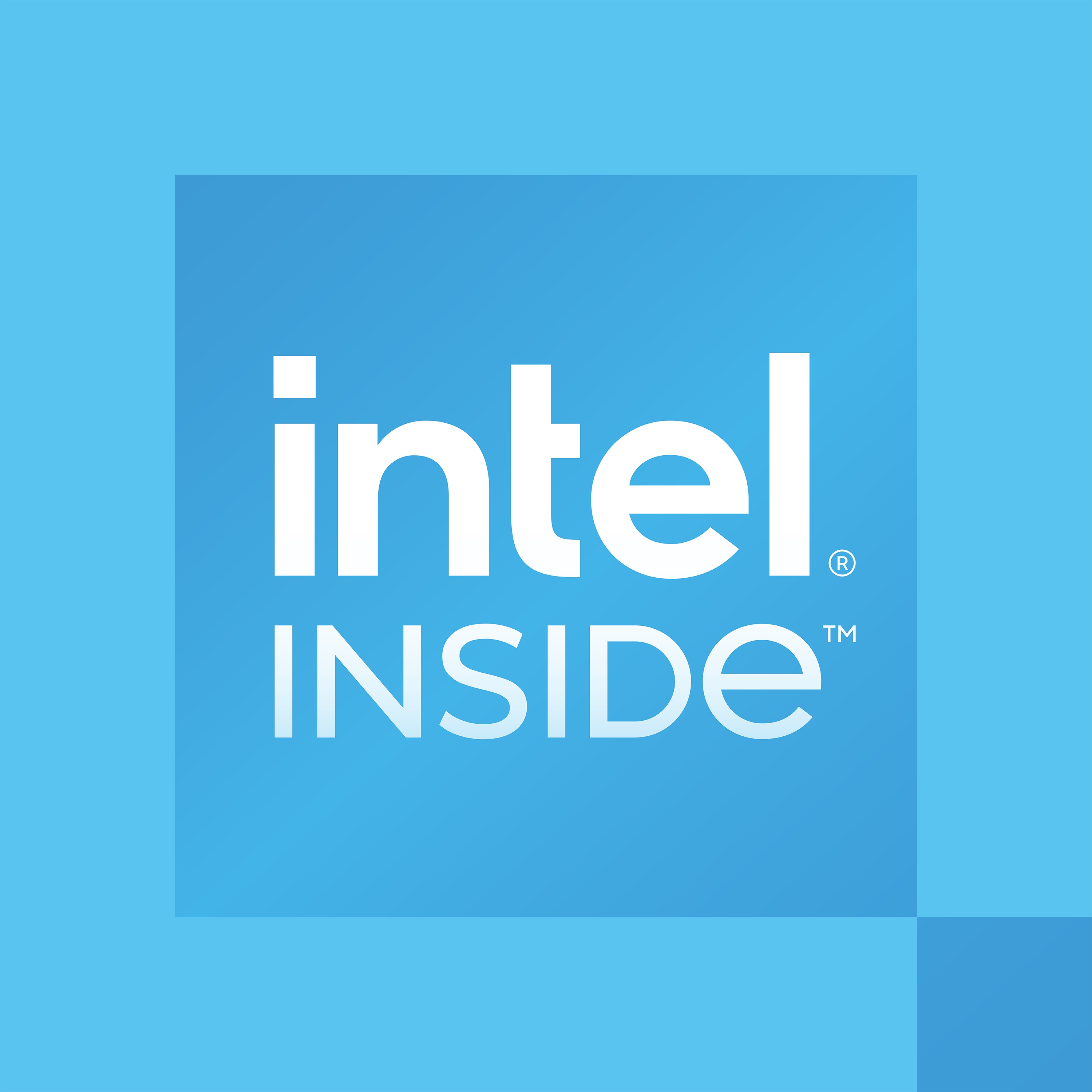
Just for laptops, or coming to desktop too?
It should be added that so far Intel has announced these new scheme only for laptop processors. So in theory, it could retain the existence of Celerons (and Pentiums) for desktop, but it’s more likely that the company will eventually align desktop CPUs with this new policy. The question probably is whether Intel wants to do away with just the Celeron and Pentium designations used for those low-end SoCs with only little cores (E-Core) coming from the Atom lineage, such as Gemini Lake, Jasper Lake, and call these Intel Processor now, or whether the other type of low-end processors that are actually based on regular processors with big cores will be barred from using these brands too.
The Alder Lake generation still includes Celeron and Pentium laptop processors with big cores (Celeron 7300 and 7305 with 1+4 cores, Pentium Gold 8500 and 8505 with 1+4 cores, but also with active HT on the big core and with boost). We don’t know yet if such SKUs are planned in the 13th generation Raptor Lake for laptops (and as a result, they would have to lose the Pentium/Celeron names), or if there won’t be such models anymore (and thus the name change doesn’t need to concern itself with them). If it’s the latter case, maybe that de-branding of Pentium and Celeron would only apply to those pure little-core SoC models in desktop, and that would open up the possibility that Intel will keep the brands for big-core desktop lowend processors. They could serve to actually differentiate such cheap cut-down “big processors” in the socket form factor from the low-power low end chips based on the Atom line SoC – which would become “Intel Processor” even outside of laptops.
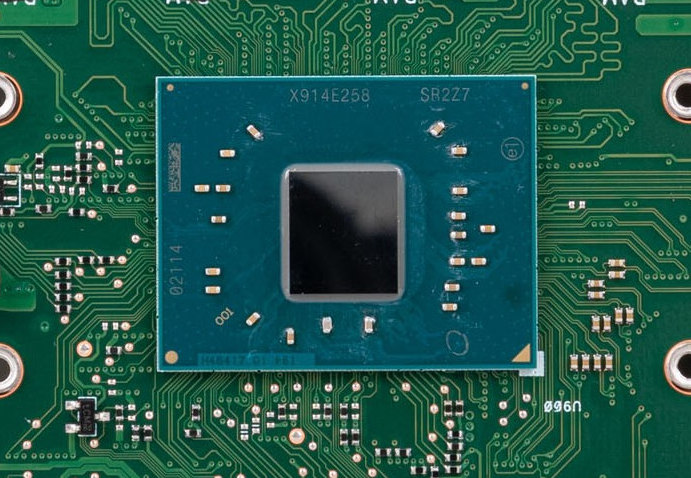
The use of the names Celeron and Pentium for both “Atoms” and large processors has been criticized quite a bit for how confusing it has been for customers, so this might even be a good thing now. Provided that “Intel Processor” doesn’t end up committing the exact sin of mixing apples and oranges in the same way.
The end after 25 and 30 years of service?
But if Intel were to do away with these two brands altogether like AMD did with Durons, Phenoms and Semprons, it would be, as they say, the end of an era. Both names date back to the last century. Pentium was one of the first cases when processors, until then only numbered (Motorola 68000, Intel 8088…) got a regular “name”. The first Pentium came out in 1993, so it’s actually losing its job on its 30th anniversary. Since that year, it had been functioning as a “premium brand” until Intel ruined its reputation with the Pentium 4. That doomed it to being relegated to the cheap CPU segment. Not long after, coincidentally, the competing Athlon brand had lost its honour and its privileged position in pretty much the same way…
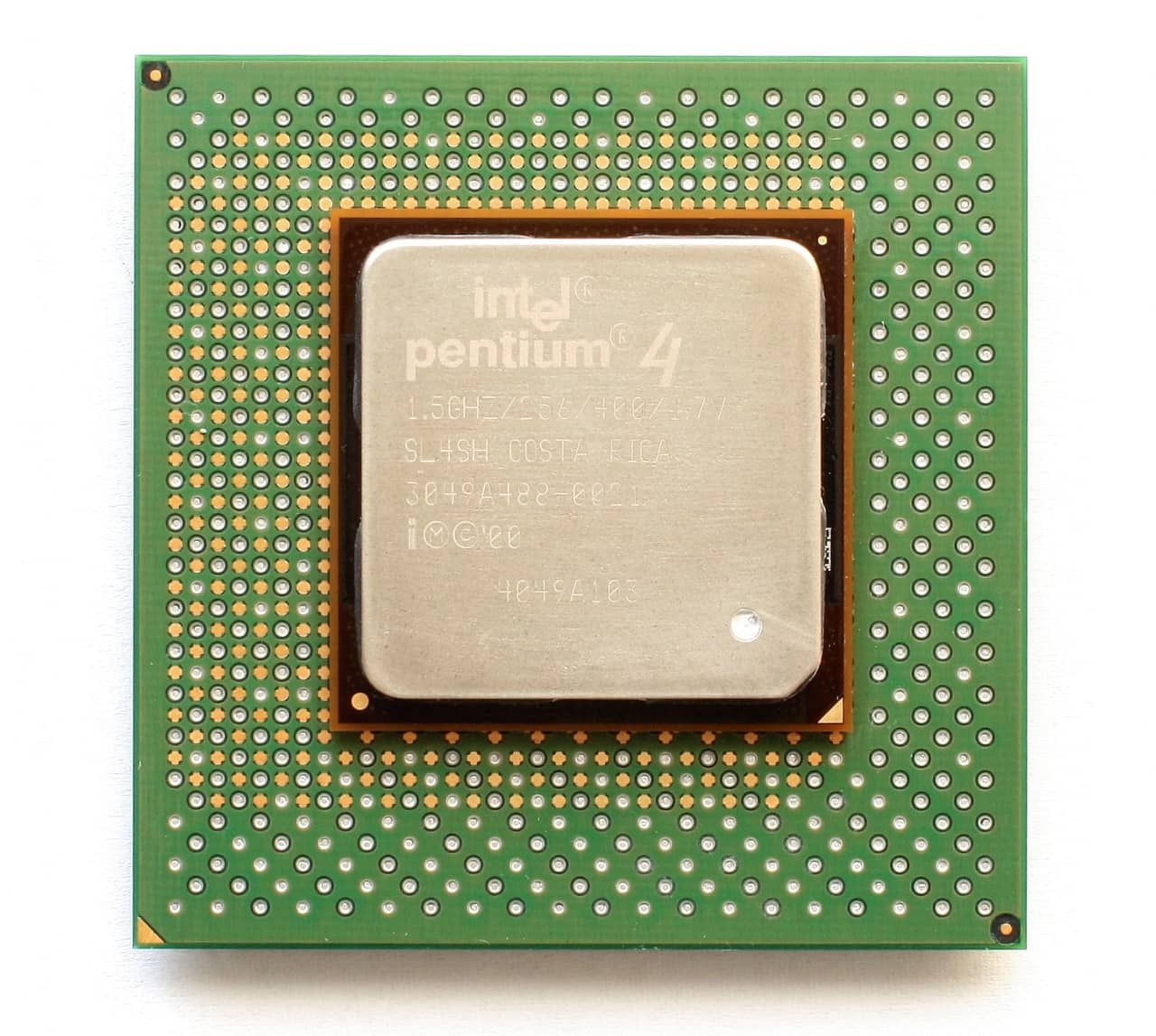
Pentium was then replaced by the still-used “Intel Core” designation, which always had an oddly generic feel as well. At the time, the naming had another funny aspect because at the same time, Intel for some reason also felt the need to officially name the core architecture used literally “Core Architecture” (so you bought an “Intel Core processor with Core Architecture cores” ). Outside the company, mostly everyone preferred to use the processor codename “Conroe”, though. In any case, the company has now gone even further in its quest for generic names with the “Intel Processor” idea.
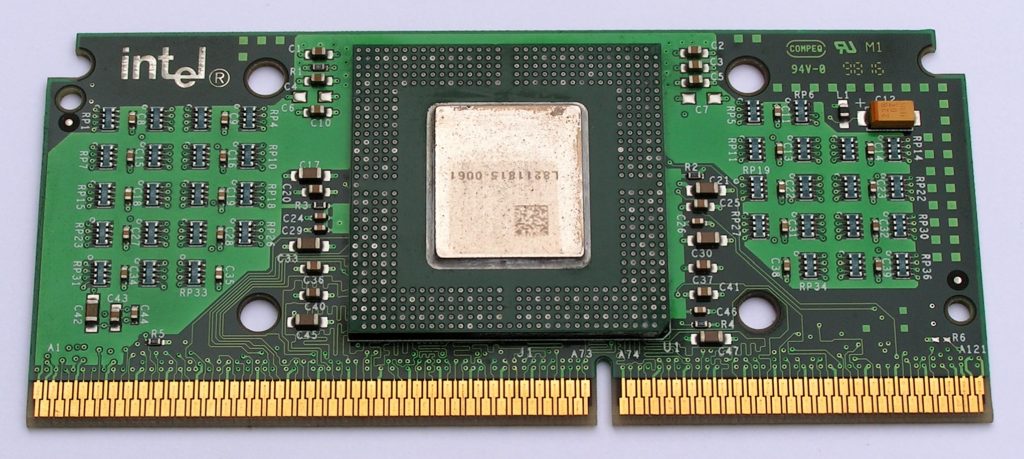
Celeron is a little younger old-timer. This name had been a brand of cheaper processors from its introduction. Intel released the first models in 1998 as a new cheaper alternative to the relatively expensive Pentium IIs (Celeron is in other words getting axed as a reward for a quarter-century of service). However, as veterans will recall, even Celerons were at one time anything but potatoes, the Mendocino or Tualatin chips had true predator muscle hiding under the herbivore-sounding cover identity (even if this only lasted for a few years). Therefore, even this brand is a nostalgic legend for sufficiently old enthusiasts.
Source: Intel
English translation and edit by Jozef Dudáš
⠀





